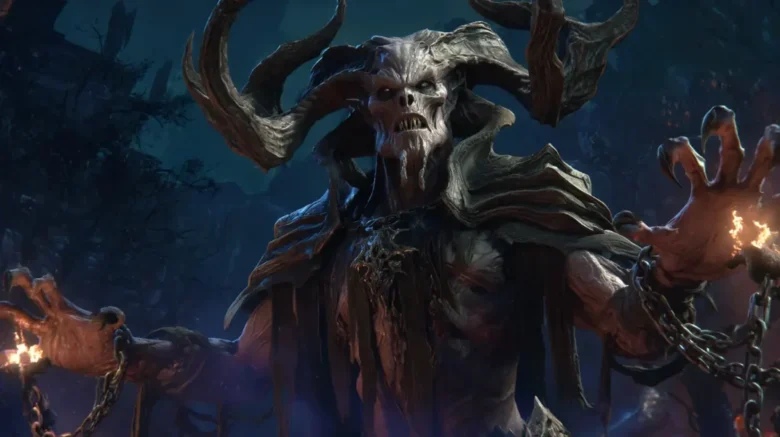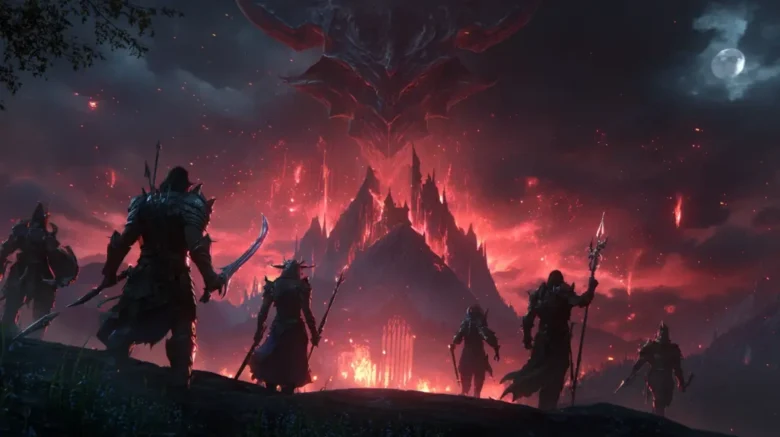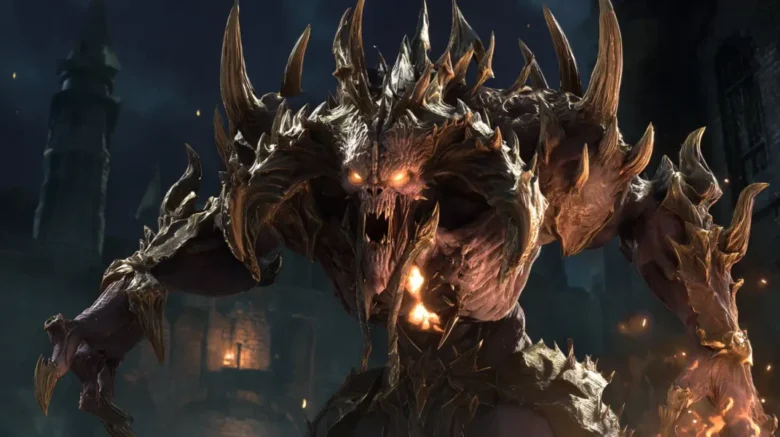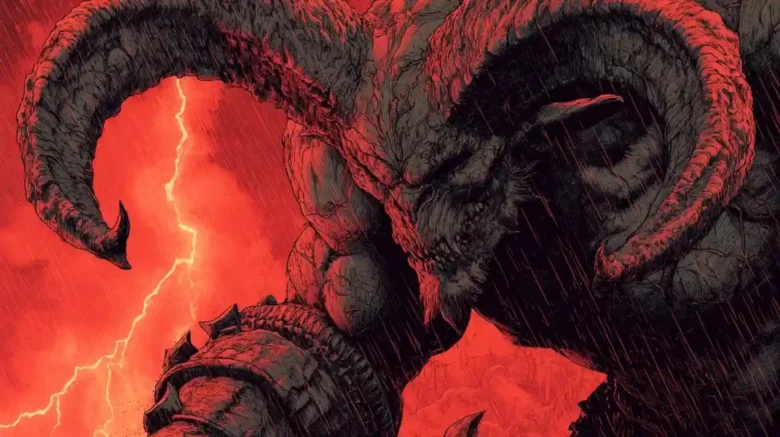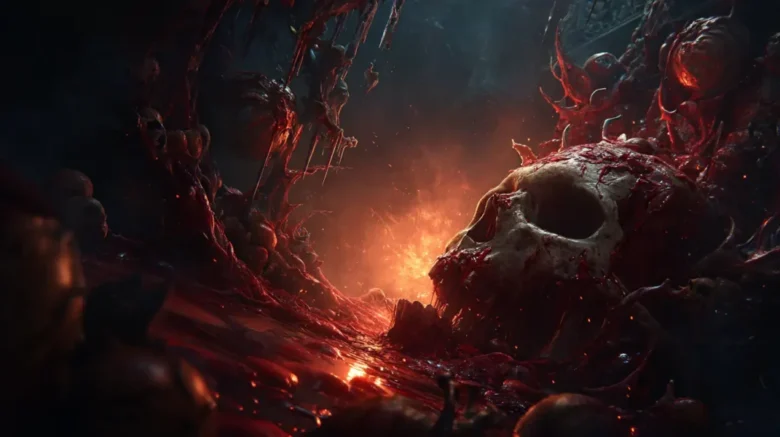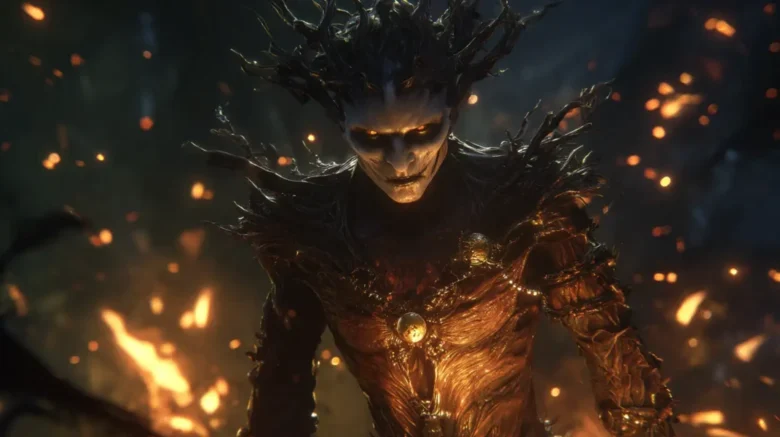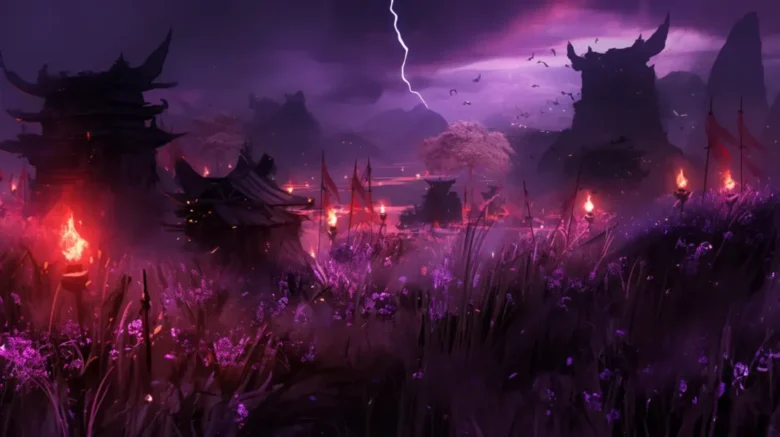Introduction to Diablo 4 Leveling Guide
Welcome to the comprehensive Diablo 4 leveling guide, your go-to resource for understanding the core mechanics of Diablo 4 and mastering the art of leveling up your character. As the latest installment in the iconic Diablo series, Diablo 4 introduces many new features and mechanics that we will explore in this guide.
This article, is a part of our innovative compendium for the Diablo IV. If you’re interested in the next facts of the Season of Blood, you’ll can find more information about:
You’re welcome, and we’re continue our tale!
The Importance of Leveling in Diablo 4
Leveling is a critical aspect of Diablo 4. It involves gaining experience points to increase your character’s level, unlocking new abilities, and enhancing your existing skills. This guide will primarily focus on the Barbarian class, providing the best leveling tips and strategies to maximize your character’s potential.
Understanding Core, Basic, and Weapon Mastery Skills
In Diablo 4, each character possesses a set of core skills, with each next core skill enhancing your character’s abilities. Additionally, basic skills, which can see basic skill increases of 1-2 as you level up, and weapon mastery skills are integral to your character’s development. Core skills are the fundamental abilities of your character, and casting these skills is essential to dealing significant damage to enemies and surviving in the harsh world of Diablo 4. Basic skills are the abilities you start with and can be enhanced as you level up. Weapon mastery skills are specialized skills tied to your character’s weapon.
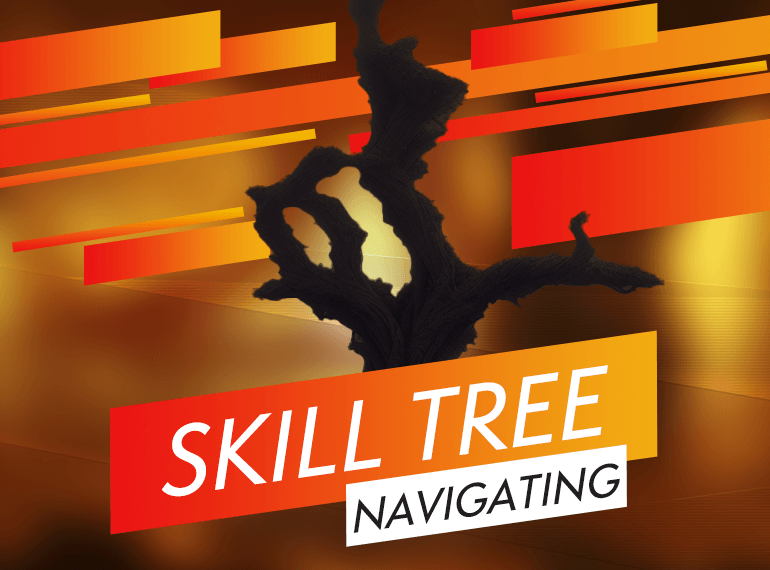
Navigating the Skill Tree
The skill tree in Diablo 4 is expansive, allowing you to customize your character’s abilities to suit your playstyle. As you level up, you’ll gain skill points that can be used to unlock new abilities or enhance existing ones. The skill tree is divided into sections, with the core skills at the center and the basic and weapon mastery skills branching out. Diablo 4 Power Level service available here to reach this mastery!

Mastering Your Skills and Weapon Techniques
One of the key aspects of leveling in Diablo 4 is understanding how to use your skills effectively. For instance, the Barbarian’s “Death Blow” core skill is a powerful melee attack that significantly damages nearby enemies. Knowing when to cast your core skills, how to combine them with your basic and weapon mastery skills, and how to utilize the legendary aspects of your character can greatly enhance your leveling process.
Buy Cheap Cataclysm classic Gold
Skip the Grind – get your WoW Cataclysm classic Gold Today!

In addition to your skills, your choice of weapon also plays a crucial role in your leveling journey. Each weapon type in Diablo 4 has a unique weapon technique slot, which can be filled with a weapon technique of your choice. These techniques provide additional effects to your attacks, such as increased damage, critical strike chance, or movement speed.

Exploring the World of Diablo 4
Lastly, it’s important to note that leveling in Diablo 4 is not just about combat. Participating in local events, completing quests, and exploring the world are all part of the leveling process. This Diablo 4 leveling guide will provide all the information and tips to make your leveling journey as smooth and enjoyable as possible.
Stay tuned for the next part of this guide, where we’ll delve deeper into the Barbarian leveling process, discuss the importance of stat priority, and provide more detailed tips on maximizing your character’s potential in Diablo 4.
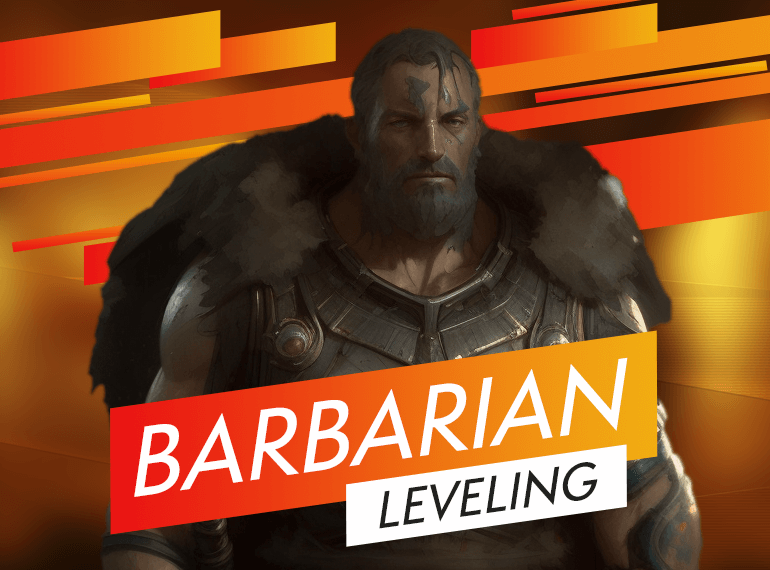
Barbarian Leveling Guide and Tips
The Barbarian class in Diablo 4 is a melee combat expert known for their brute strength and ability to wield various weapons. Their core skills revolve around weapon mastery, allowing them to damage enemies significantly. Barbarians have a unique mechanic called “Weapon Mastery,” which allows them to switch between different weapon types for different skills. This versatility makes them a formidable class during the leveling process.
Key Skills: Weapon Mastery, Death Blow, Core Skill Refunds
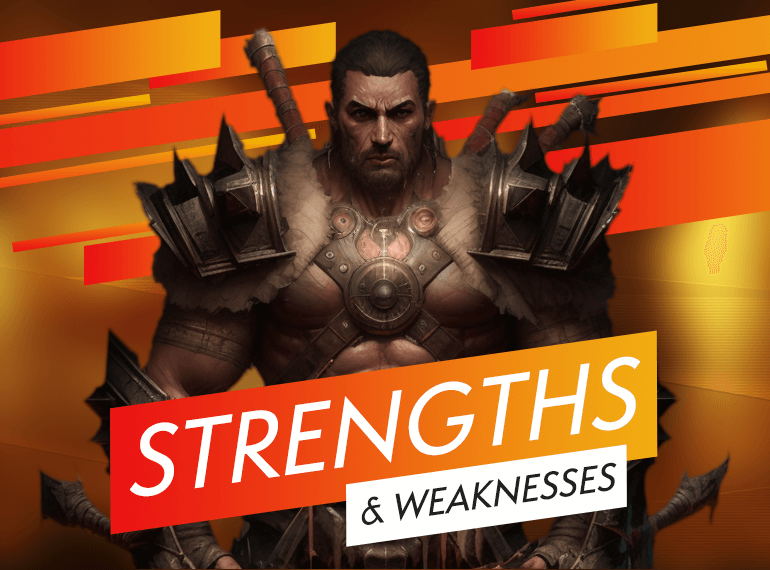
Barbarian Leveling Strengths & Weaknesses
Strengths
Barbarians are the quintessential melee class in Diablo 4, boasting a flexible talent tree that allows for a core set of 2 to 3 damage skills and the choice of 3 to 4 utility skills. This flexibility allows Barbarians to adapt to any situation. As you level up, Barbarians become increasingly tanky, gaining high amounts of Fortify and the ability to face tank bosses like the Butcher.
Weaknesses
Buy Cheap Diablo 4 Gold
Skip the Grind – get your Diablo 4 Gold Today!
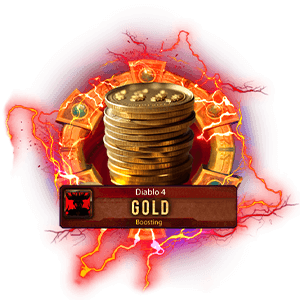
Barbarians face several challenges despite their strengths, especially in the early game. As the only class without any ranged options, Barbarians must face tank a lot of hits to deal damage. This, combined with a lack of mobility and sustain in the early levels, makes the Barbarian one of the hardest classes to play in the first 20-30 levels.
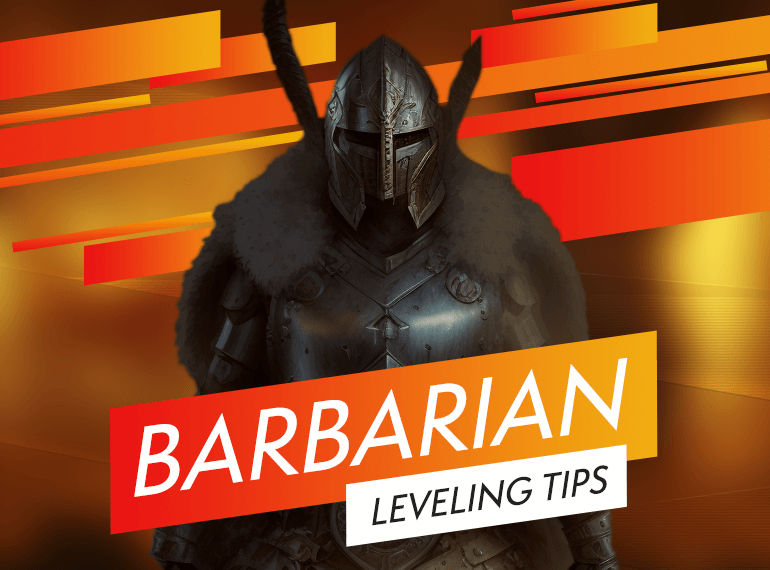
Barbarian Leveling Tips
Best Barbarian Leveling Builds
The Barbarian may not be the best choice for new players due to its early-game challenges. However, the class truly shines once you reach level 18 and unlock the first Weapon Mastery skill or level 25 and unlock the first Ultimate skill, often Call of the Ancients. Three recommended leveling builds for the Barbarian are the Berserking Barbarian, the Bleed Barbarian, and the Whirlwind Barbarian.
Barbarian Skills Approach
It’s generally best to put just enough points into one node to get to the next when investing skill points. This usually means putting 1 point into the main active skill on that node, 1-2 points into the Modifications, and perhaps an extra point or two into your Core skill until that’s maxed. Once you have your main build, prioritize putting points into your damage skills, mainly Core and Weapon Mastery skills like Death Blow and Rupture if they are in your build.
Barbarian Gearing Strategy
Gear selection is crucial for Barbarians. You should always consider upgrading weapons or armor with god-like rolls. Early on, respeccing is inexpensive, so don’t be afraid to experiment with different builds. When selecting weapons and armor, be careful of its affixes. You want to get damage types that synergize with your build. For additional information, our Gearing in Diablo 4 Guide is at your disposal.
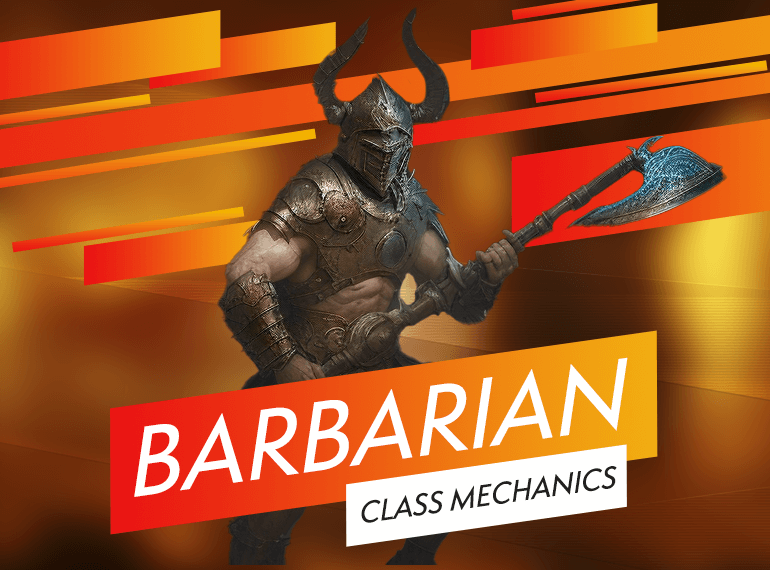
Barbarian Leveling Class Mechanics
Close Target Fight and Movement
Understanding when to engage in a fight and when to run and the kite is key to having a decent experience as a Barbarian at early levels. Use your cooldowns and evade wisely to avoid taking unnecessary damage.
Barbarian Unique Class Resource: Fury
Fury is your main resource. You will build it mainly with Basic skills and unlock more ways to generate it later. The way you manage Fury depends on your build.
Barbarian Unique Class Mechanic
Diablo 4 Difficulty Unlock
Unlock the highest pleasure
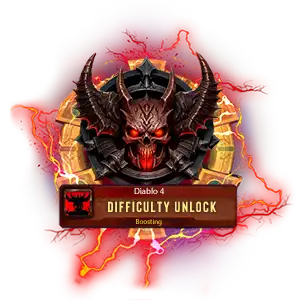
The Barbarian Unique Class Mechanic is, in fact, two things: Arsenal and Weapon Technique. Arsenal allows you to equip four weapons, while Weapon Technique gives you special effects when using weapons. Each weapon has ten levels, and you gain experience by using them.
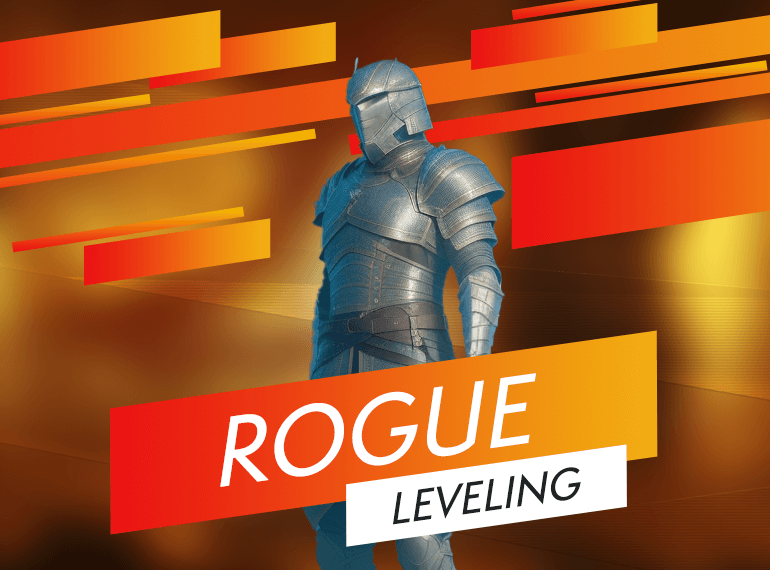
Rogue Leveling Guide and Tips
Rogues in Diablo 4 are versatile fighters, capable of melee and ranged combat. They excel at dealing significant damage to single targets and have a variety of crowd-control abilities. Rogues have a unique mechanic called “Combo Points,” generated by certain abilities and spent on others for increased effect. This mechanic adds a layer of strategy to the Rogue’s gameplay, making them a fun and engaging class.
Key Skills: Combo Points, Critical Strike Chance, Stun Enemies
The Versatility of the Rogue Class
In the diverse world of Diablo 4, Rogues stand out as an incredibly versatile class, proficient in both ranged and close-quarters combat. Their distinctive weapon mastery skills are intrinsically linked to their chosen weapons, meaning your weapon selection will significantly influence your playstyle and basic skill prioritization.
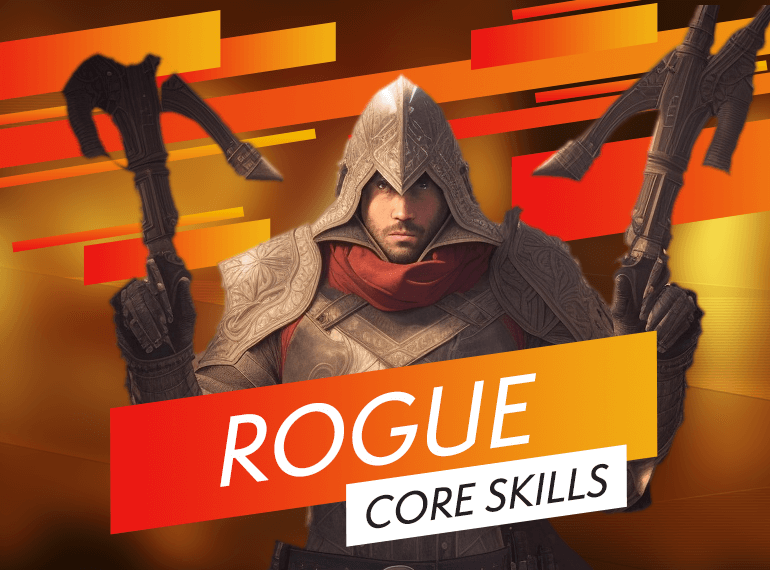
Core Skills and Weapon Mastery: The Rogue’s Arsenal
Rogues in Diablo 4 have a unique dynamic with their core skills and weapon mastery. Unlike other classes, Rogues do not possess a traditional generator ability. Instead, their basic skills primarily function as debuffing tools, except Invigorating Strike, which enhances energy regeneration rate. Core skills act as energy spenders, and a delicate balance should be maintained by alternating between these two skill types to allow for adequate energy regeneration.
Navigating the Leveling Process
As you traverse each zone during the leveling process, you will find two skill points as renown rewards. These points are crucial to your progression, and acquiring them promptly is highly recommended to alleviate the early leveling grind.
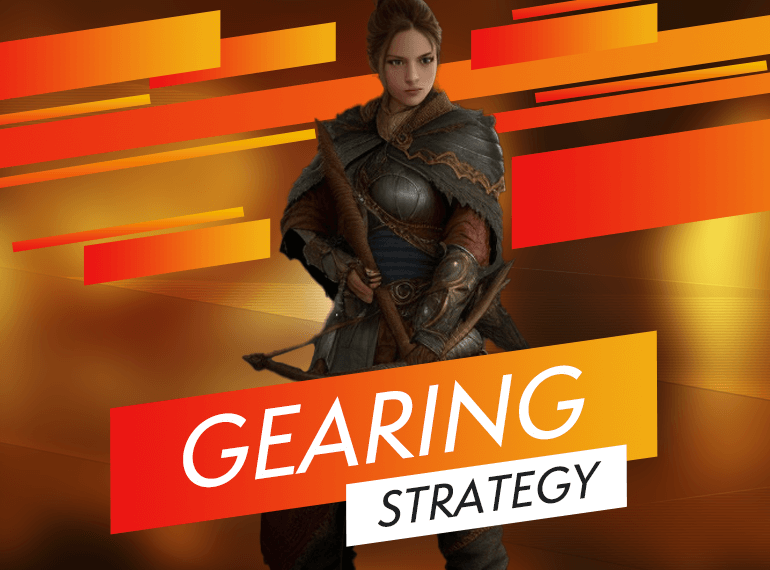
Gearing Strategy for Rogues
Much of a Rogue’s power stems from appropriate gear affixes and the damage scaling of skills. Ensuring that your weapons align with your chosen skills is essential as a Rogue. For instance, if you focus on a melee build, a bow with marksman-appropriate affixes would not be beneficial. Certain weapons will offer more value depending on your build structure.
Class Mechanics and Effective Resource Management
Upon reaching level 15, Rogues unlock their class mechanic specializations, with the second of the three specializations, Inner Sight, becoming available at level 20. Inner Sight allows Rogues to mark specific targets, with attacks on these targets filling your Inner Sight gauge, leading to unlimited energy. This mechanic can make energy management a non-issue, with certain skills such as Rapid Fire potentially maintaining near-infinite energy in specific scenarios.

Druid Leveling Guide and Tips
Druids in Diablo 4 are masters of nature, capable of transforming into powerful beasts and commanding the elements. They have a unique mechanic called “Shapeshifting,” which allows them to switch between a human, werewolf, and werebear forms, each with its own set of skills. This versatility allows Druids to adapt to various situations, making them a strong class for leveling.
Key Skills: Shapeshifting, AoE Damage, Crowd Control
Understanding Druid Class Mechanics
The Druid class in Diablo 4 is known for its exceptional solo build capabilities, whether you’re going the Shapeshifter or Elemental routes. The Druid’s unique class mechanic, Spirit Boons, allows you to bond with a special animal to gain special buffs. This mechanic, combined with the Druid’s inherent strengths and weaknesses, plays a significant role in the leveling process.
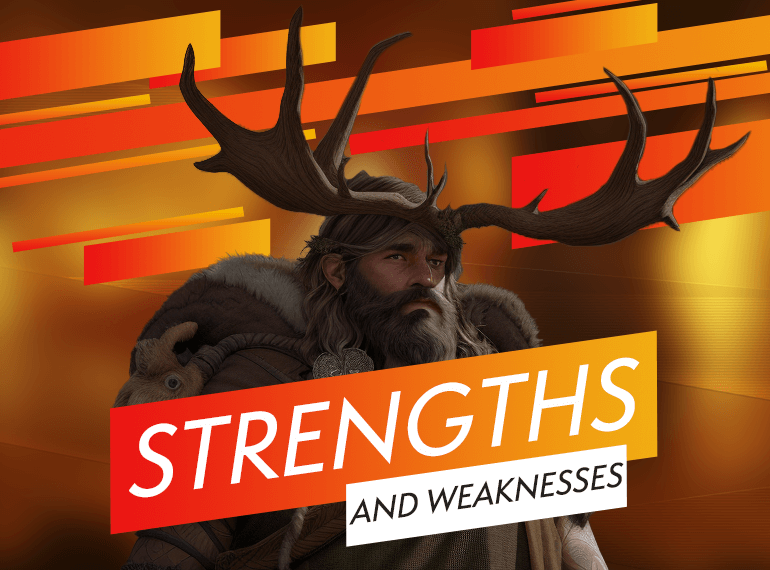
Druid Leveling Strengths and Weaknesses
Druids have good mobility for Werewolf, and the caster builds excellent survivability and a nice mix of single-target and AoE damage. Casters are not overly gear dependent. However, Druids do have some weaknesses. For instance, poor mobility for Werebears, gear dependency for Shifters, and Spirit starvation, particularly early on, can be challenging.
Best Druid Leveling Builds
Buy Diablo 4 Level Boost
Let Professionals Complete Your Power Leveling!
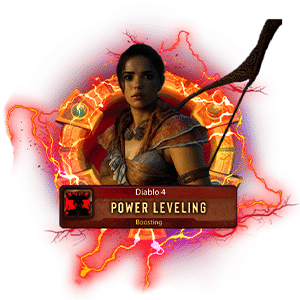
The Druid class doesn’t come into its own until after level 20 when you’ve gotten your Wrath skill, and the builds fall together. Three leveling full builds for the Druid are recommended — the Wind Druid, the Landslide Druid, and the Rabid Wolf Druid. These builds will help you navigate the skill tree, allocate skill points, and select the right core skills and weapon mastery skills.

Druid Gearing Strategy
Gear selection plays a crucial role in the leveling process. Early on, respeccing is inexpensive, and flexibility can work in your favor. Pay attention to the weapon’s Inherent Physical Characteristics and ensure you’re keeping your Weapon updated since all your damage output keys off your Weapon damage.
Spirit Resource Management
Spirit has always been a bit of a struggle with the Druid class. Shapeshifters seem to have more issues with it than the caster classes. All Druid specs must invest early in key passives such as Heart of the Wild and Abundance to reach where Spirit starvation isn’t a near-constant reality.
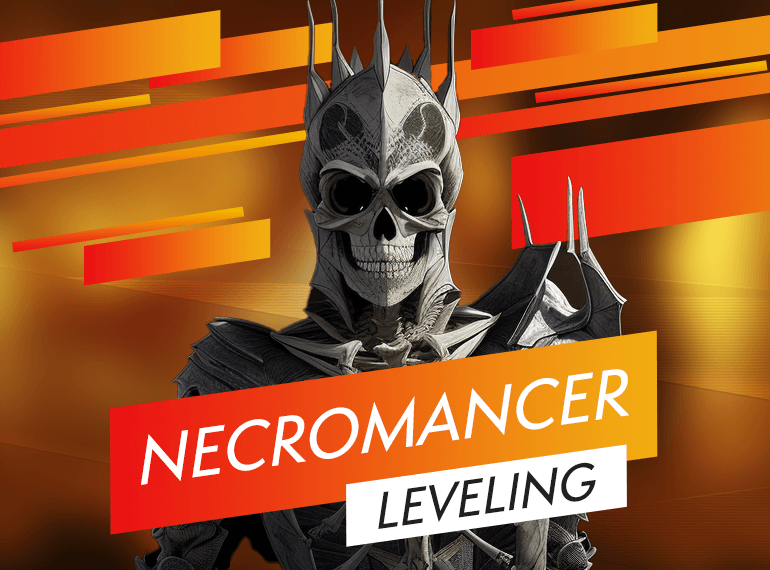
Necromancer Leveling Guide and Tips
Necromancers in Diablo 4 command the powers of life and death. They can summon undead minions, drain life from their enemies, and unleash devastating spells. Necromancers have a unique mechanic called “Essence,” a resource used to cast most of their abilities. Managing Essence is key to playing a Necromancer effectively, making them a challenging but rewarding class.
Key Skills: Essence Management, Minion Control, Life Drain
Strengths and Weaknesses of Necromancer Leveling
Necromancers in Diablo 4 are known for their exceptional single-target damage and the ability to spawn numerous Skeleton minions early in the game. This makes them a popular choice throughout the leveling process. Necromancers can choose damage spells from three main spell schools – Bone, Blood, and Darkness – and focus on minion and over-time damage or direct damage spells. However, Necromancers face mobility challenges and manage their fragile Skeleton minions.
Diablo 4 Difficulty Unlock
Unlock the highest pleasure

Necromancer Leveling Tips
Experimenting with different skills and combinations during the leveling process is important to find what works best for you. However, recommended builds are available if you prefer a more structured approach. Necromancers rely on mechanics like Blood Orbs for healing and Blood Mist for corpse generation to Raise Skeletons or deal damage with Corpse Explosion. If you find a Legendary Aspect early on, utilize it, as it can greatly enhance your leveling process.
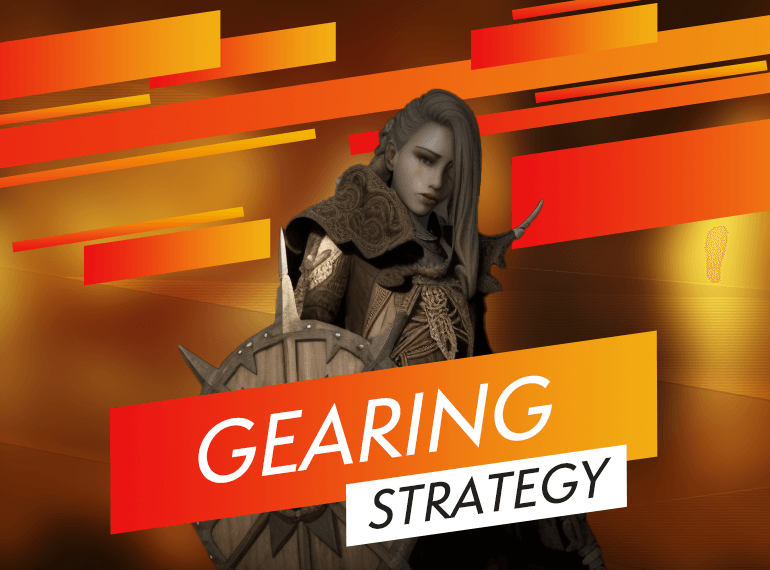
Necromancer Gearing Strategy
Necromancers have many weapon options, including One-Handed Swords, Daggers, Wands, Focuses, Shields, and One-/Two-Handed Scythes. Each weapon type has inherent physical characteristics that can synergize with your skill choices and playstyle. Remember that Offensive Legendary Aspects have double effectiveness on two-handed weapons, which can be a huge advantage if you have a particularly effective Legendary Aspect.
Necromancer Class Mechanics
Essence is the Class Resource for Necromancers, regenerating slowly over time. Monitoring your Essence level is crucial to ensure you don’t run out during critical moments. Necromancers also have a unique class mechanic called the Book of the Dead, which allows minion management and granting extra powers to minions.
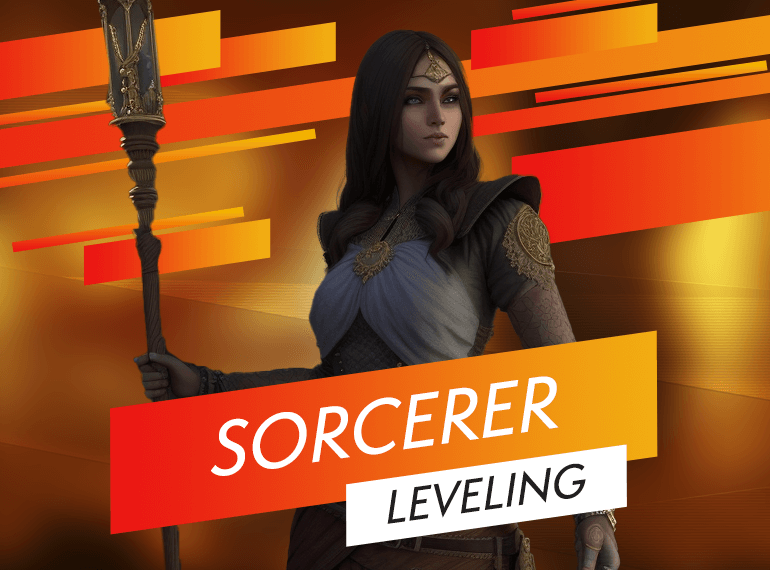
Sorcerer Leveling Guide and Tips
Sorcerers in Diablo 4 wield elemental magic to destroy their enemies. They can cast powerful spells, summon elemental minions, and create protective barriers. Sorcerers have a unique mechanic called “Mana,” a resource used to cast spells. Proper Mana management is crucial for a Sorcerer, making them a class that requires strategic gameplay during the leveling process.
Key Skills: Mana Management, Elemental Spells, Damage Mitigation
Sorcerer Leveling Strengths & Weaknesses
The Sorcerer in Diablo 4 is a versatile class with moderate survivability. It can specialize in Area of Effect attacks, Damage Over Time, and Crowd Control, making it adaptable to your preferred play style. Sorcerers are less gear dependent than melee classes, and most builds have excellent mobility, which is beneficial during mobile fights. However, Sorcerers have low health, and damage mitigation and resource generation can be an issue, especially early in the game.
Best Sorcerer Leveling Builds
Buy Cheap Diablo 4 Gold
Skip the Grind – get your Diablo 4 Gold Today!

Two standout builds for leveling a Sorcerer in Diablo 4 are the Fire Sorcerer specializing in Hydra, and the Frost Sorcerer. The Fire Sorcerer provides excellent stand-off capability and can be built for either DoT or Crit Chance specialization. The Frost Sorcerer has excellent Crowd Control and some exciting synergies with Vulnerable, Chilled, and Frozen.
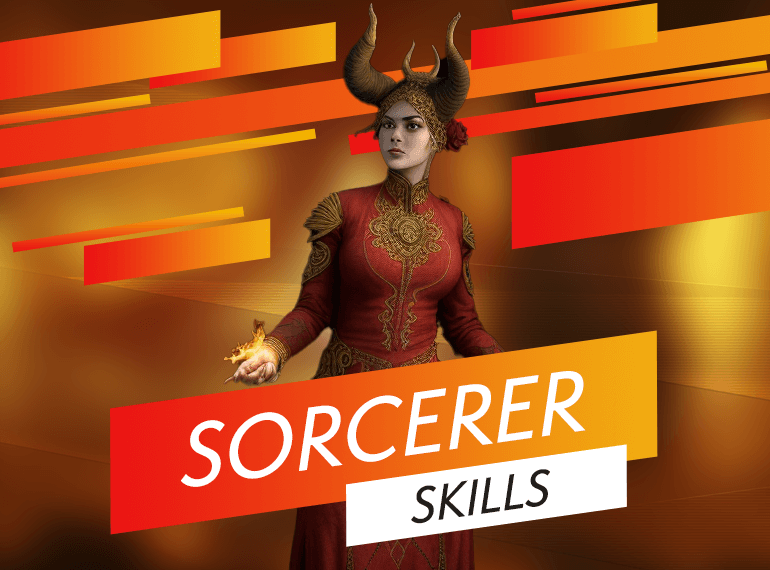
Sorcerer Skills Approach
While leveling, it’s always good to take the next skill as it becomes available and to pick up the first modifier. The second-level modifier is not always useful, depending on your chosen synergies and other skills. It’s often useful to consider a multi-element approach, such as using the critical strike benefits of Spark and Chain Lightning to enhance the damage of your core skill cast Hydra.
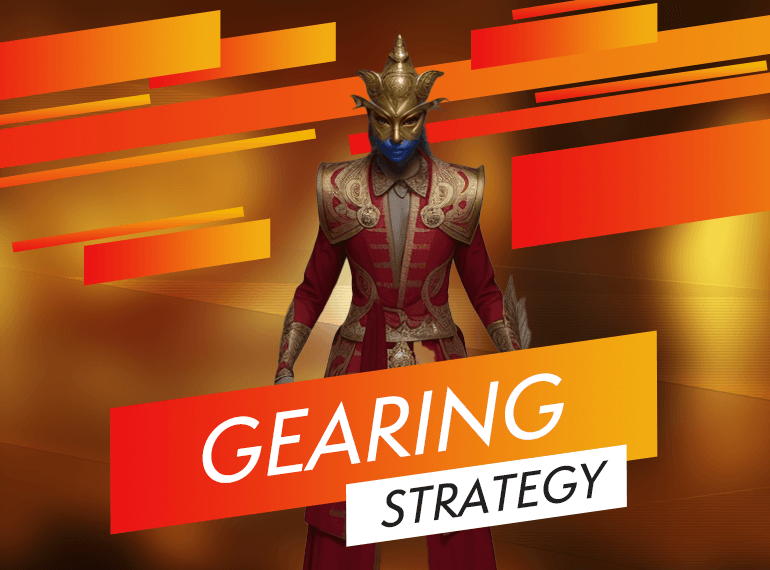
Sorcerer Gearing Strategy
Prioritize intelligence gear and keep your gear up to date as you level. There are few hard and fast gearing needs for a Sorcerer. While leveling early, upgrading is seldom worth the cost, but later it can be essential.
Sorcerer Leveling Class Mechanics
Mana is a precious resource for Sorcerers. If you find yourself frequently out of mana when executing your core rotation, you may have to take some modifiers or passives that improve regeneration. However, this comes at the cost of damage-increasing choices, so be careful with this.

Diablo 4 Best Leveling Tips
- Understanding Leveling in Diablo 4: The maximum level in Diablo 4 is 100, but this doesn’t mean you’ll get 100 skill points to spend in your skill tree. Instead, you’ll earn or unlock different things at different levels. At level 50, you stop earning 1 Skill Point per level and start earning 4 Paragon points. You also unlock the ability to open World Tier 3: Nightmare, a new difficulty level. At level 75, you unlock the ability to open World Tier 4: Hell, another new difficulty level.
- Leveling Your First Character: Resist the urge to level up multiple characters until you’ve got your first one through the main campaign. Many features open account-wide that will make it much easier to level up alts after you’ve gotten your first character through the main campaign.
- Follow and Complete Each Act’s Campaign: The Diablo 4 Campaign gates many things in Diablo 4. Prioritize finishing the entire campaign on your first character, at least. To unlock the following for your main character and across your account, you must finish all six Campaign chapters, including the Prologue and Epilogue.
- Earn At Least 900 Renown Per Zone: Renown is a system for earning points in each zone by completing various activities. These earn both character-specific and account-wide rewards.
- Target Aspect Dungeons: Legendary Aspects are an important part of gearing in Diablo 4, and you’ll want to collect as many as you can upfront, at least for your own class.
- Find Altars of Lilith and Shrines: Altars of Lilith contribute directly to player power by increasing a specific stat for every character on your account. Find more in-depth information in our Diablo 4 Shrines Guide.
Diablo 4 Legendary And Unique Items Farm
Get the Best Gear

- Group for Experience: Players in a group will earn 10% extra experience; this is the same for 2, 3, or 4 players. You can also gain an extra 5% experience if you’re near another player but not grouped.
- Use Elixirs for Experience: Elixirs are consumables that give special buffs but also give you 5% Experience for 30 minutes when consumed.
- Start at Higher Difficulty: When you create a character, you’re given two options: World Tier 1 (Adventurer) and World Tier 2 (Veteran). If you’re experienced with any of the Diablo franchises, you’ll likely want to start at World Tier 2: Veteran. You can learn more about this topic in our World Tier D4 guide.
- Do Side Quests: Not only do you get Zone Renown and rewards, Side Quests are also a great source of experience.
- Do Class Mechanic Quests: A class mechanic quest pops up at level 15 for most classes except Necromancer. Since this contributes meaningfully to player power, please do NOT ignore this and do it as soon as possible.
- Explore Dungeons and Cellars: Both are instanced content where you can defeat more powerful mobs and earn better treasure and experience.
- Gear Strategies for Leveling: Don’t waste much time trying to get the very “best” gear or attributes. You’ll be changing and upgrading gear rapidly while you level.
These tips are general strategies that can be applied to both mains and alts. The goal is not just to level up quickly but to unlock content efficiently and open the most options for yourself and your alts.
Leveling Challenges and How to Overcome Them
In Diablo 4, leveling can present a variety of challenges. This section of the guide will identify common obstacles and provide tips to overcome them, ensuring a smooth leveling process.
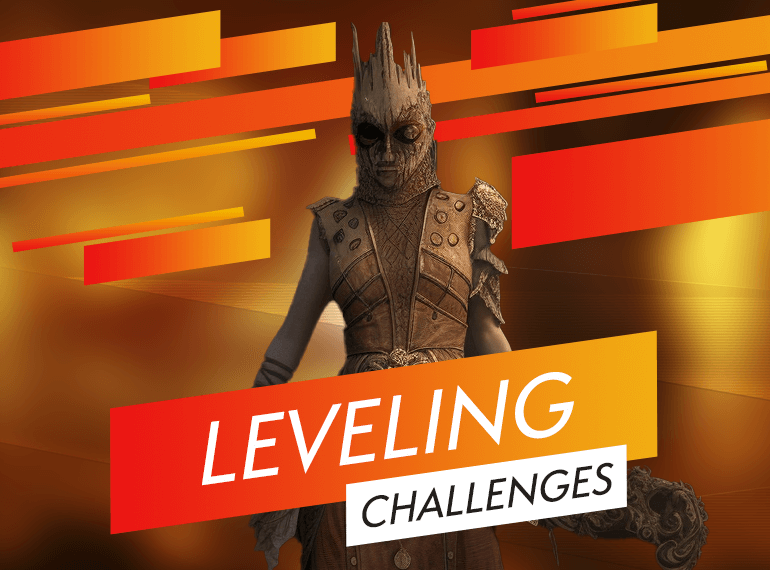
Common Leveling Challenges
- Mana Management: Sorcerers rely heavily on mana to cast their core skills. Running out of mana in the middle of a fight can be a significant challenge, especially during boss fights.
- Survivability: Sorcerers have low health and damage mitigation. This can make them vulnerable to enemies, particularly in close-quarters combat.
- Damage Output: While Sorcerers can deal significant AoE damage, maintaining a high damage output can be challenging, especially when facing distant enemies or large groups.
- Gear Dependency: While Sorcerers are less gear-dependent than other classes, keeping your gear up-to-date is crucial for maximizing damage and survivability.
Tips for Overcoming Leveling Challenges
- Mana Management: To overcome mana issues, consider taking modifiers or passives that improve mana regeneration. Be mindful of your mana cost when casting core skills and basic skills. Also, consider using a two-handed slashing weapon to increase your base fury cost, allowing you to cast more spells.
- Survivability: Enhance your survivability by investing in defensive skills and gear that provide damage reduction. Skills like Enhanced Ice Armor can provide significant damage reduction. Also, be aware of nearby bleeding enemies that can deal damage over time.
- Damage Output: To increase damage output, focus on your primary skill and use your ultimate ability when available. Also, consider using skills like Frost Nova and Chain Lightning to deal significant AoE damage and control crowds.
- Gear Dependency: Keep your gear up-to-date as you level. While upgrading early on is seldom worth the cost, it becomes essential later in the game.
- Local Events: Participate in orange circle local events to access additional experience and loot. These events can provide a significant boost to your leveling process.
- Veteran Difficulty: If you’re comfortable with the game mechanics, consider playing on veteran difficulty. This will provide more experience and better loot, accelerating your leveling process.
The key to overcoming these challenges is understanding your class mechanics and adapting your playstyle. With these tips, you should be well-equipped to face any challenge that comes your way in Diablo 4.
Things to do after reaching max 100 level in Diablo 4
In Diablo 4, reaching level 100 doesn’t mean the end of your journey. Here are some activities you can engage in after reaching this milestone:
- Renown System: Diablo 4 introduces a Renown system where you can earn points in each zone by completing various activities. These activities reward both character-specific and account-wide rewards. You can find additional information in our D4 Renown Guide.
- Endgame Activities: Numerous endgame activities are designed to progress your character further. These activities are designed to challenge and engage players who have reached the maximum level.
- Tree of Whispers Quest: This is an endgame quest where you earn Grim Favors for completing a dungeon or killing a world boss. However, the events have to be designated as Whispers eligible to count.
- Dungeons and World Bosses: You can continue to explore dungeons and take on world bosses. These activities not only provide a challenge but also offer valuable rewards. Our guide provides further elaboration on the Diablo 4 Dungeons subject.
- Character Progression: Even after reaching level 100, there’s room for character progression. You can continue to refine your build, optimize your gear, and perfect your play style.
